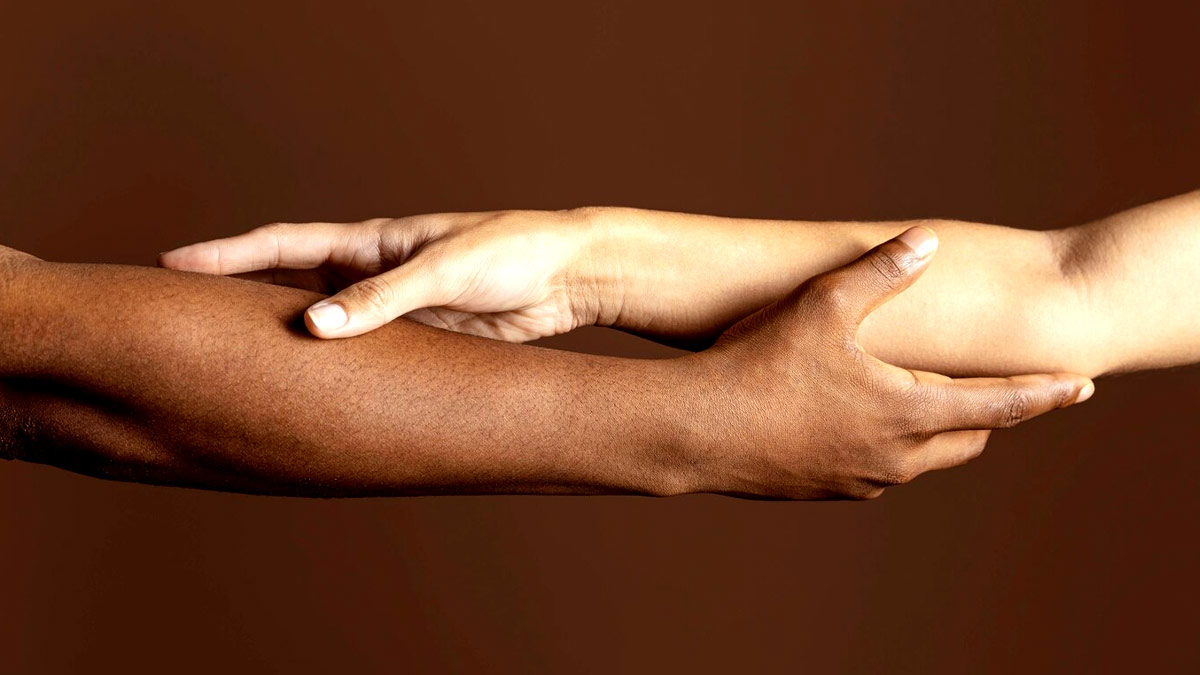
Skin donation is a lesser-known but crucial aspect of organ donation. While most people are aware of the importance of donating organs like the heart, liver, and kidneys, skin donation is often overlooked. In this article, we will explore the world of skin donation, its significance, the donation process, and the remarkable impact it has on the lives of burn victims and patients with various skin disorders. We reached out to Dr Anshumali Misra, Associate Director & Head–Plastic Surgery, Asian Hospital Faridabad to know about skin donation in detail.
What is Skin Donation
Skin is the body's largest organ and plays a vital role in protecting us from the external environment. When someone suffers from severe burns, traumatic injuries, or skin diseases, they often require skin grafts to promote healing and recovery. Skin donation provides a valuable source of tissue to help these individuals.
Dr Mishra quotes, “Skin grafts from donors can save lives, reduce pain, and improve the quality of life for those in need. It aids in the healing process by reducing the risk of infection and speeding up tissue regeneration.”
The Process of Skin Donation
Donating skin is a relatively straightforward and painless process, often done posthumously. Here are the key steps explained by Dr Mishra:
Registration: You can express your intention to donate skin by registering as an organ donor during your lifetime. Alternatively, family members can make this decision after your passing.
Evaluation: Skin donors undergo a thorough evaluation to ensure the suitability of their skin for transplantation. Factors like age, medical history, and the condition of the skin are taken into account.
Recovery: After a donor's passing, the skin is carefully removed respectfully and dignifiedly. This procedure is performed by medical professionals who specialise in tissue recovery.
Processing: The donated skin is processed to ensure its safety and effectiveness. It is then stored for use in transplantation procedures.
Transplantation: The processed skin grafts are used in various medical procedures, including surgeries for burn victims, patients with skin disorders, and even for plastic surgery to repair defects.
Also Read: QnA With A Doctor On Organ Donation Scenario In India

Benefits of Skin Donation
Lifesaving: Skin donation can be the difference between life and death for individuals with severe burns. It helps in wound closure, reduces infection risk, and provides comfort during recovery.
Improved Quality of Life: Skin grafts can significantly improve the quality of life for those with skin disorders, allowing them to lead more comfortable and active lives.
Psychological Healing: Beyond physical healing, skin grafts can also aid in psychological recovery. The improvement in appearance and reduced pain can boost a patient's self-esteem and mental well-being.
Also Read: Is Winter Season the Best Time for a Hair Transplant? Let’s Find Out
Dr Mishra concludes by saying, “Skin donation is a noble act that often goes unnoticed. However, it holds a tremendous potential for saving lives and enhancing the quality of life for many individuals. By understanding the significance of skin donation, we can encourage more people to register as donors and ensure that this invaluable resource is readily available for those in need.”
Summing up, becoming a skin donor can leave a lasting legacy of kindness and compassion, offering hope and healing to those who require it most. Remember, your skin can continue to protect and comfort others even after you are no longer here.
Also watch this video
How we keep this article up to date:
We work with experts and keep a close eye on the latest in health and wellness. Whenever there is a new research or helpful information, we update our articles with accurate and useful advice.
Current Version